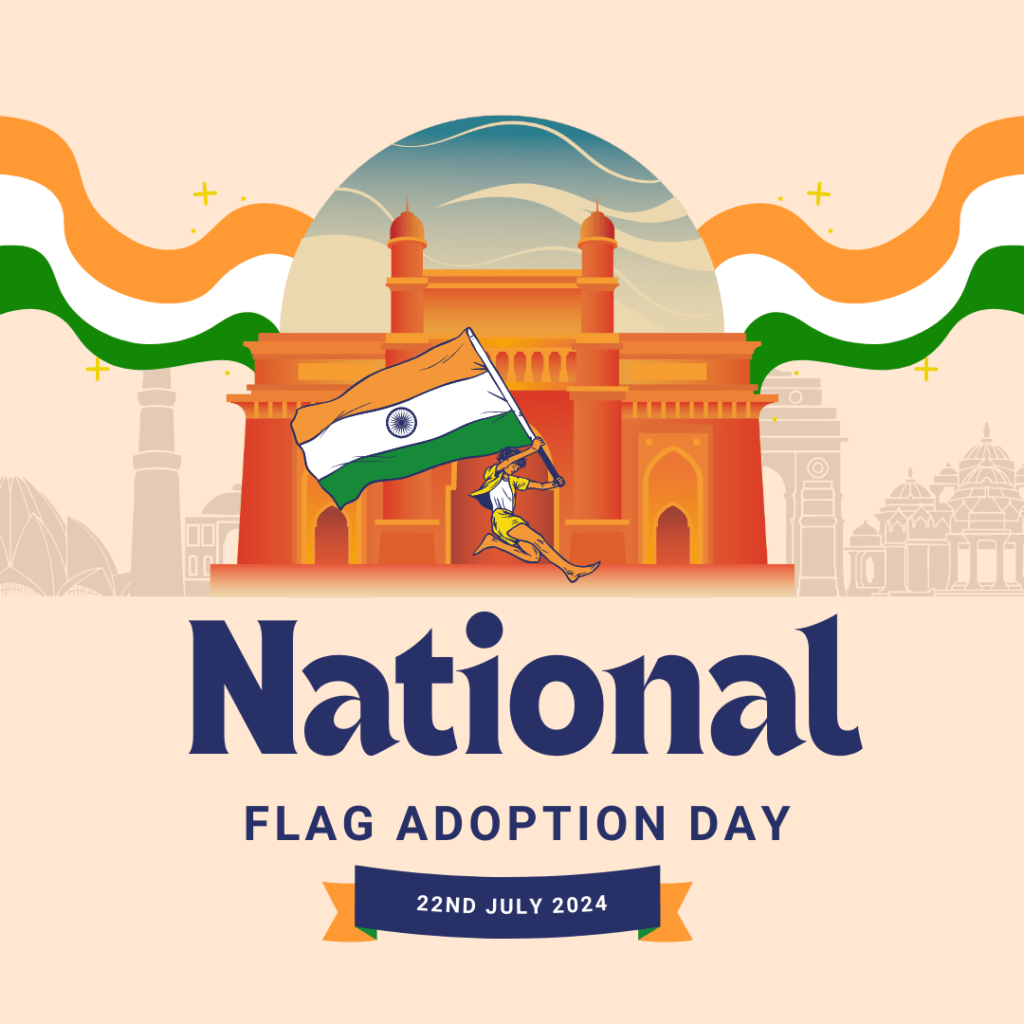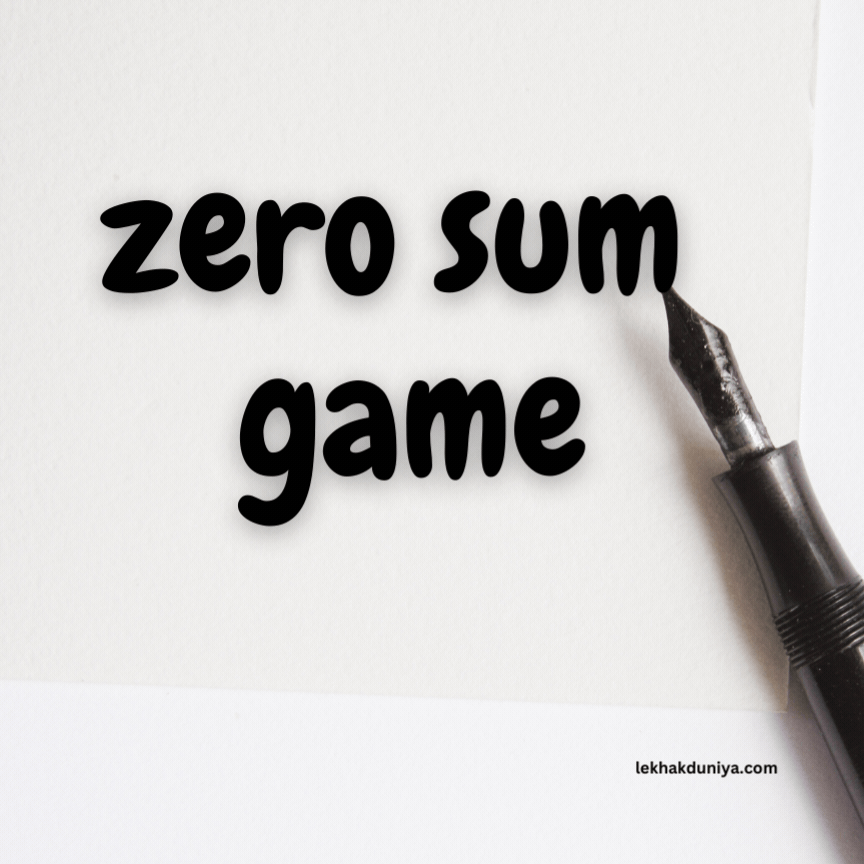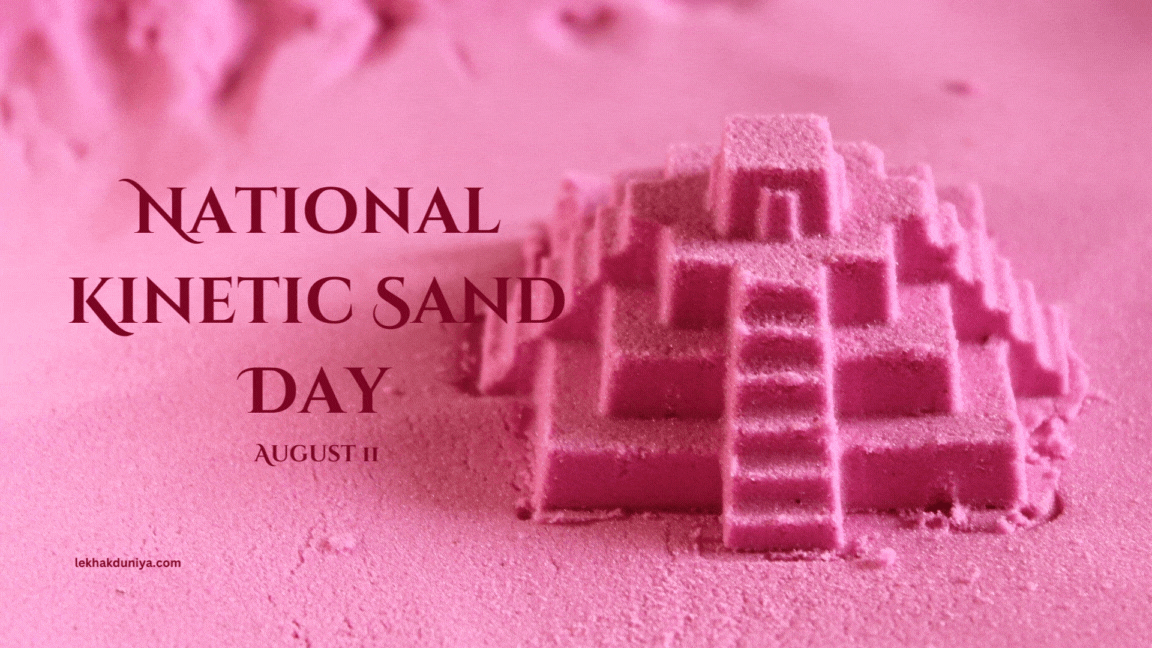National Flag Adoption Day in India is a significant occasion that celebrates the adoption of the Indian national flag, a symbol of national pride and unity. This day not only honors the flag itself but also invites reflection on its rich history and complex legacy. While the flag is a beacon of national identity, its journey is marked by both triumphs and challenges.
Historical Background

The Process of Adopting the National Flag
The need for a national flag adoption day that represented India’s diverse cultures and aspirations became evident during the struggle for independence from British rule. Several designs were proposed, but it was Pingali Venkayya, an Indian freedom fighter and a member of the Indian National Congress, whose design was eventually adopted. His design was influenced by the Tricolor of the Irish flag and the colors of the Congress Party.
The design underwent several modifications before being officially adopted. On July 22, 1947, the Constituent Assembly of India approved the final design, which featured three horizontal stripes of saffron, white, and green, with a navy blue Ashoka Chakra in the center. This adoption occurred just days before India gained independence on August 15, 1947.
Key Milestones
- July 22, 1947: The flag is officially adopted by the Constituent Assembly of India.
- August 15, 1947: The flag is hoisted for the first time at the Red Fort by Prime Minister Jawaharlal Nehru.
- January 26, 1950: The flag becomes the official national flag of the Republic of India with the adoption of the Indian Constitution.
Symbolic Meaning

Flag Design and Its Significance
Every detail of the Indian flag holds profound symbolic significance:
- Saffron Stripe: Represents courage, sacrifice, and the spirit of renunciation. It symbolizes the strength and valor of the nation.
- White Stripe: Signifies peace, truth, and purity. It represents the country’s commitment to harmony and truth.
- Green Stripe: Stands for faith, fertility, and prosperity. It reflects the country’s agricultural heritage and hope for a prosperous future.
- Ashoka Chakra: The 24-spoke wheel in navy blue at the center of the flag symbolizes the eternal wheel of law (dharma) and the progress of the nation. It draws inspiration from the Ashoka Pillar at Sarnath, which dates back to Emperor Ashoka’s reign.
Reflecting National Values
The Indian national flag embodies the values enshrined in the Preamble of the Indian Constitution: justice, liberty, equality, and fraternity. It stands as a visual representation of the country’s dedication to democracy and secularism. The flag is flown proudly during national holidays, including Independence Day and Republic Day, and at governmental buildings, schools, and public spaces to reinforce these values.
Complex Legacy
Controversies and Challenges
While the flag is a symbol of national pride, its history is not without controversy:
- Partition of India: The flag became a symbol of both celebration and division during the partition, reflecting the emotional complexities of the era.
- Regional Conflicts: In areas with ongoing disputes, such as Kashmir, the flag’s representation has sparked debates and tensions.
Diverse Interpretations
Different perspectives on the flag include:
- Patriotic View: For many, the flag is a cherished symbol of freedom and national unity.
- Critical View: Others see it as a representation of India’s complex history, including colonial oppression and regional conflicts.
Case Studies
Varied Perceptions Over Time
- Independence Movement: During the independence movement, the flag became a symbol of resistance against British rule and a rallying point for diverse groups fighting for freedom.
- Post-Independence Era: The flag has been used in various public demonstrations, both in support of and in protest against government policies, reflecting its role as a symbol of national discourse.
Notable Stories
Fostering Unity and Pride
The flag promotes national pride by being prominently displayed during significant events and public gatherings. It acts as a unifying symbol in times of celebration and crisis.
Celebrations
- Independence Day: The flag is hoisted nationwide, accompanied by flag-themed decorations, parades, and cultural performances that celebrate the country’s independence and unity.
- Republic Day: The grand parade in New Delhi showcases the flag prominently, celebrating the nation’s military prowess and cultural diversity with various tableaux and performances.
Future Directions
Addressing the Legacy
Efforts to address the flag’s complex legacy include:
- Educational Programs: Schools and educational institutions are increasingly incorporating lessons on the flag’s history and symbolism into their curricula to foster a deeper understanding among students.
- Public Forums: Community dialogues and public forums provide platforms for discussing the flag’s role in contemporary society and addressing diverse perspectives.
- Promoting Understanding
- Moving forward, fostering a balanced view involves:
- Community Events: Hosting programs that highlight both the pride and challenges associated with the flag.
- Museums and Exhibits: Creating displays that offer a comprehensive view of the flag’s history.
Let’s Celebrate and Reflect
As we observe National Flag Adoption Day, it’s a perfect moment to pause and think about what the Indian flag means to each of us. Beyond its colors and symbols, the flag represents our collective journey—our struggles, our triumphs, and our shared hopes for the future.
Take this National Flag Adoption Day as an opportunity to celebrate our national pride and reflect on the complex history that has shaped our identity. Whether you’re participating in local events, discussing its significance with friends and family, or simply taking a moment of personal reflection, let’s honor the flag’s role in our nation’s story.
Feel free to share your thoughts and experiences with us in the comments, and join in the ongoing conversation about our national symbol on this National Flag Adoption Day. Together, we can continue to appreciate and understand the rich legacy of our flag.
Happy National Flag Adoption Day!








